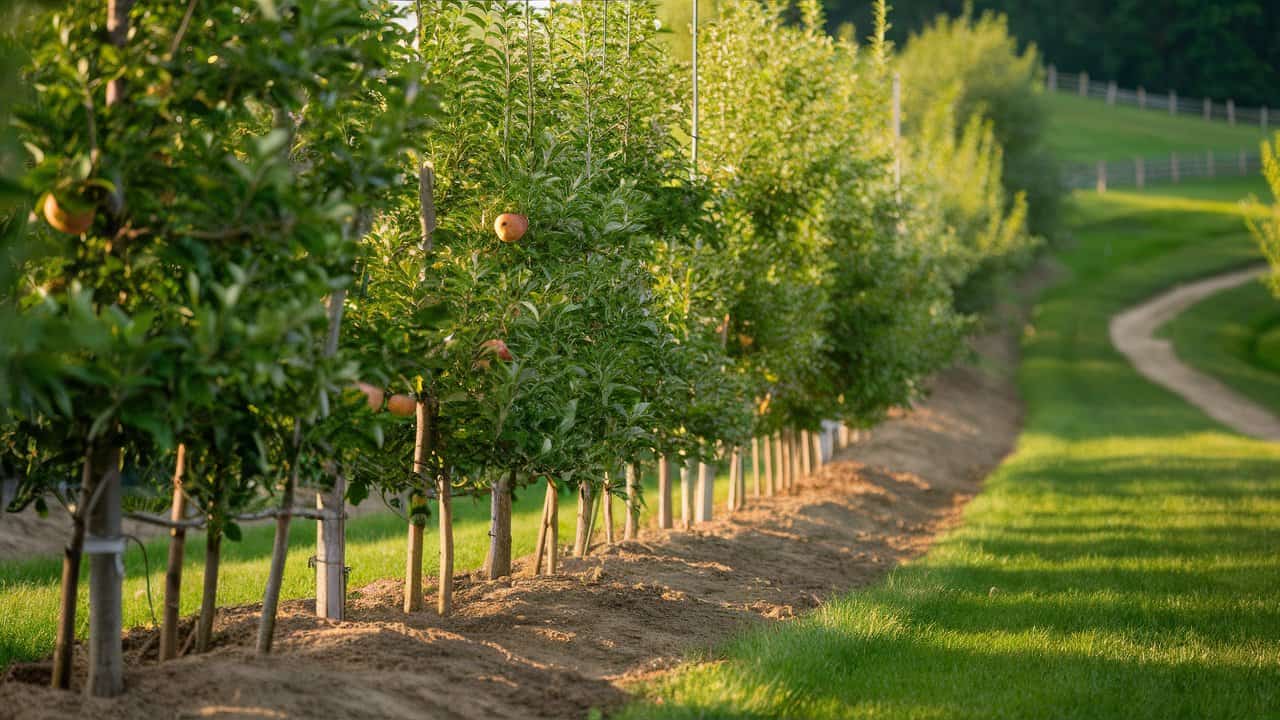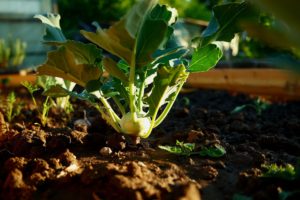Timing is a crucial element for successful apple tree cultivation, from purchasing transplants to planting seeds. Each step of the process brings its own considerations to ensure your apple trees thrive and yield fruit. On this page, we will explore when to purchase transplants, the fundamental aspects of planting apple trees, and guidelines for planting apple seeds.
When to Plant Apple Trees
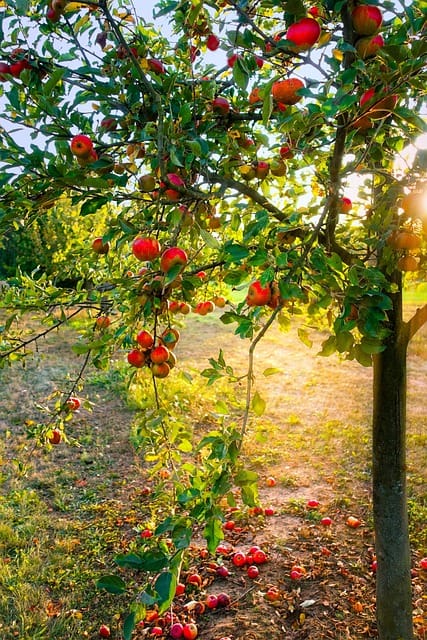
Planting apple trees is not a one-size-fits-all endeavor; different seasons offer unique benefits depending on the climate and the type of tree you are planting. Fall is an excellent time to plant apple trees in regions where winters are mild. The soil is usually still warm, promoting root development before the tree goes dormant. This extra rooting time allows the tree to establish itself better and absorb moisture as soon as spring arrives, enabling healthier growth.
Conversely, for areas that endure harsh winters, spring may be the preferable time for planting. By waiting until the soil temperature rises and frost risks diminish, you ensure your seedlings will not be harmed by freeze-thaw cycles. During late March to early April, many gardeners find ideal planting conditions, as this timing aligns with the natural awakening of the growing season. Ensure you monitor local weather patterns as a sudden cold snap can still occur even in early spring.
Whether you choose to plant in the fall or spring, always consider your specific local climate conditions. Observing these nuances and adapting accordingly will enhance the chance of healthy, vigorous apple trees that yield abundant fruit.
When to Plant Bare-Root Apple Trees
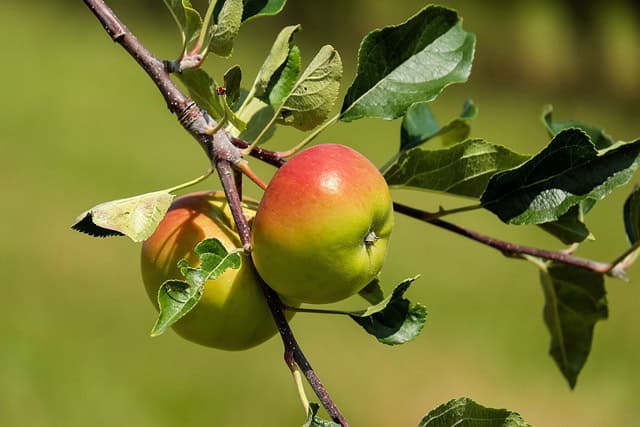
Bare-root apple trees are an economical choice for homeowners looking to establish apple plantations without spending a fortune. The optimal planting window for bare-root trees typically extends from November to March. This timing coincides with the dormant season for apple trees, when they naturally conserve energy and direct resources into their roots.
November planting can be advantageous in milder climates, allowing trees ample time to establish roots before the ground freezes. The roots need to be kept moist but not overly wet during this dormant period, so covering them with mulch is recommended to help maintain consistent soil moisture levels. Additionally, planting before the harsh winter kicks in gives roots an opportunity to settle in as the soil temperature gradually drops.
By March, the soil begins to warm up, marking a critical time for bare-root apple trees to take up moisture and nutrients. It is essential to ensure that the soil is workable and not overly wet to prevent root rot. If planting is delayed until late March or even April, it’s advisable to monitor the tree closely for any signs of stress, particularly given potential rapid growth spurts as temperatures rise.
When is the Best Time to Plant a Container Grown Apple Tree?
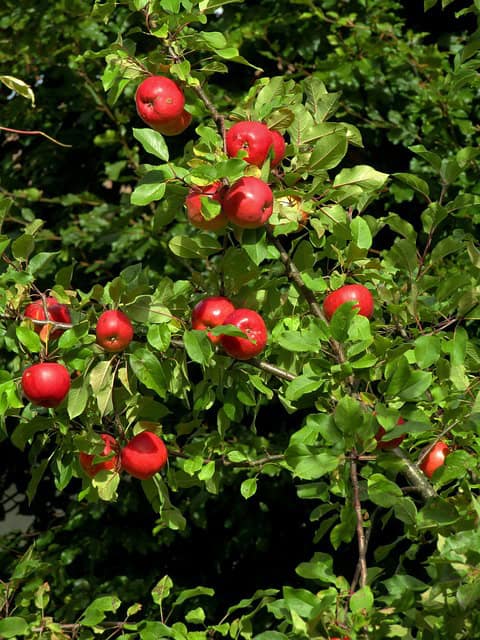
Container-grown apple trees provide a flexible planting option, making them suitable for various planting windows. The best time to plant container-grown apple trees spans from spring to early fall, allowing for a broader window compared to other tree types. Because these trees are usually grown in a pot, their roots are less sensitive to fluctuations in soil temperature when compared to bare-root specimens.
Spring is often seen as the prime time to plant container-grown apple trees. As you move past the last frost, the soil begins to warm, and the trees are ready to break dormancy. The advantage here is that, since the roots are intact and developed within the container, the tree experiences less shock and establishes more quickly. The early growth during spring encourages a robust canopy, allowing for better photosynthesis and fruit production down the line.
If you opt to plant in early fall, ensure that the tree has sufficient time to establish roots before colder weather arrives. Late summer through early fall works well in warmer climates where longer growing seasons exist. However, caution is needed to avoid late-season planting if your area is susceptible to heavy frost or harsh winds.
When is the Best Time to Plant an Apple Tree in a Pot?
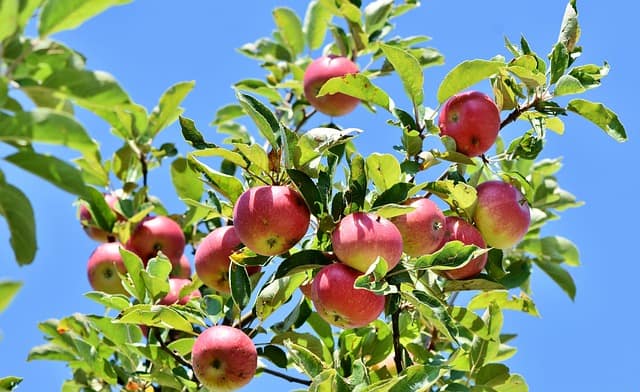
Planting an apple tree in a pot offers excellent flexibility, allowing you to control the conditions in which your tree grows while also making it easier to manage and move as needed. The best time to plant an apple tree in a pot is ideally in the spring, as the tree comes out of dormancy and begins its vigorous growth phase. During this time, temperatures are moderate, and sunlight begins to strengthen, forming a perfect environment for your tree to establish itself.
However, for those living in warmer climates or regions with mild winters, early fall can also be a suitable time for pot planting. When planting in the fall, choose a location that will shelter the potted tree from extreme cold and wind, ensuring the roots have enough time to acclimate before facing winter’s chill. If you plant too late, the tree might not have established enough roots to survive the winter season.
It’s essential to choose a pot that provides enough space for root development. Apple trees typically need at least a 10-gallon container at the outset, allowing roots to spread comfortably. Regardless of timing, ensure that the pot has good drainage to prevent waterlogging, which can severely impact root health.
What is the Best Month to Plant Apple Trees
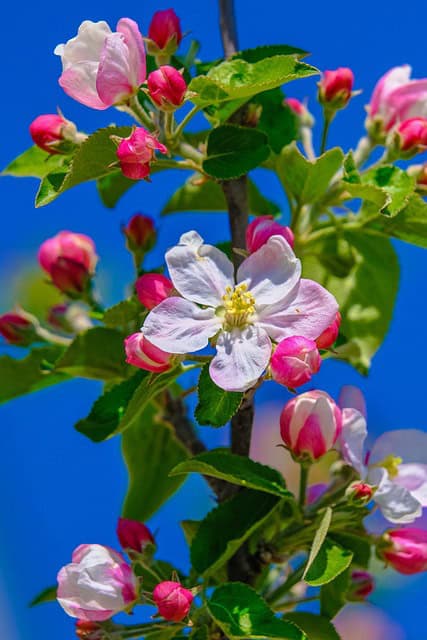
When considering the best month to plant apple trees, November through March provides a crucial window for different planting methods. This timeframe is tailored primarily for bare-root apple trees, as they are most viable during their dormant phase, which falls within these months.
November is particularly beneficial for those in temperate climates, as it allows the trees to settle before winter. Planting apple trees at the start of this seasonal window means that by the time spring arrives, your trees will already have had a rooting advantage, setting up better nutrient absorption once they awaken from dormancy.
From December to February, the focus should on protecting the trees from harsh winter conditions. If you decide to plant during these months, be aware of soil temperatures; they should be above freezing to avoid frost damage to the roots. Nevertheless, homeowners should prepare for potential snow cover, which can insulate the ground and protect newly planted trees.
March represents the conclusion of this planting window. It’s another favorable month for both bare-root and containerized trees, as the warming soil encourages active root growth and allows the plant to shift its energy into developing new foliage as spring approaches.
When You Should Start Planting in Spring
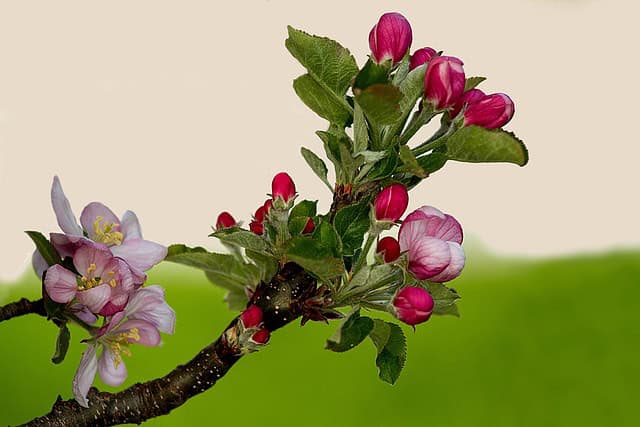
Spring is a pivotal planting season for apple trees, but caution is warranted when selecting the right timing. The best strategy is to wait until after your last spring frost date. Each geographic region has its unique frost dates, determined by historical climate data and local conditions.
Timing your apple tree planting after the last frost minimizes the risk of cold damage to young, tender shoots and blossoms that emerge in early spring. If you plant too soon, new growth may be stunted or even killed by unexpected frosty nights. Typically, frost dates can range from late March to late May, depending on your location. It’s crucial to consult your local agricultural extension service or gardening centers for accurate frost data tailored to your area.
In addition to monitoring frost dates, assess your soil temperature using a soil thermometer. Apple trees thrive in warm soil, typically requiring temperatures to be around 50°F (10°C) for optimal growth. After the last frost, soil temperatures will begin to rise, creating perfect conditions for planting.
When to Purchase Transplants
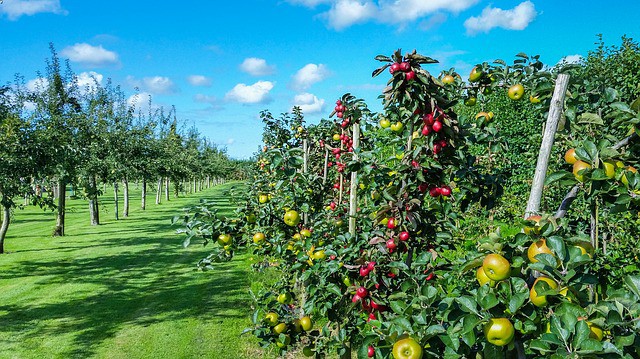
Purchasing apple tree transplants requires careful planning to ensure healthy trees arrive at the right time for planting. The best practice is to order your transplants in winter, ideally between December and February. By acquiring them during this period, you’re preparing to plant at the optimal moment as the weather warms.
Most reputable nurseries offer early spring shipping, typically beginning in March or April, allowing your trees to arrive at precisely the right time for immediate planting following the last frost. Early spring shipping is beneficial because it aligns with the natural awakening of your apple trees from dormancy, minimizing the risk of stress associated with transportation. Look for nurseries that specialize in apple trees and have a good reputation for healthy, disease-free stock.
Be mindful when selecting your transplants; ensure they are suited for your particular climate and soil conditions. Local varieties may have better adaptability to your growing conditions, offering improved resilience and fruit quality over time. Additionally, consider ordering early to avoid shortages, especially for popular heirloom varieties that may be in high demand.
Tree Planting Basics
Understanding tree planting basics is essential for establishing a healthy and productive apple tree. The process begins with selecting the right location; apple trees thrive best in well-draining soil that receives at least six to eight hours of sunlight daily. Conduct a soil test to understand the pH, which should ideally be between 6.0 and 7.0, as apple trees prefer slightly acidic to neutral conditions.
When planting, dig a hole that is wide and deep enough to accommodate the root system without cramping. Typically, the hole should be 2-3 times wider than the root ball and deep enough to allow the graft union (the swelling where the rootstock meets the scion) to sit above the soil level. Proper planting depth is critical to avoid issues like rot and poor growth.
Once the transplant is in place, fill the hole with soil, gently tamping it down to eliminate air pockets. Water thoroughly after planting to settle the soil and provide moisture directly to the roots. Introducing a layer of organic mulch around the base of the tree can conserve moisture, suppress weeds, and regulate soil temperature. However, keep the mulch away from the trunk to prevent bark decay.
Finally, ensure your newly planted apple tree has adequate support through stakes or ties, particularly if you live in windy areas, to shield it from wind damage while it establishes strong roots. In the months following planting, monitor water needs carefully, especially during dry spells, as young trees require consistent moisture to develop.
When to Plant Apple Seeds
Planting apple seeds is an exciting venture, but it requires a different approach compared to transplants. Since apple seeds need to break dormancy to germinate, the process of cold stratification is key. This method mimics the natural winter conditions that seeds experience in the wild, an essential part of their life cycle.
The best time to plant seeds is typically in late winter or early spring, following the cold stratification process. To do this, collect the seeds from an apple fruit, rinse them, and allow them to dry for a day. Once dried, you can place the seeds in a damp paper towel, seal them in a plastic bag, and store them in the refrigerator for about 6 to 10 weeks. This chilling period helps break seed dormancy and encourages germination.
After the stratification period, you can plant the seeds in pots filled with a light, well-drained potting mix. Plant the seeds about half an inch deep to ensure they have enough coverage but remain close to the surface where they can access moisture. Water gently, keeping the soil consistently moist but not waterlogged, and place the pots in a warm area with adequate sunlight.
The seeds should begin to sprout within a few weeks. Once the seedlings have developed several sets of leaves and are robust enough, they can be carefully transplanted into larger pots or directly into the garden, following the guidelines for planting apple transplants. Just remember that trees grown from seeds will not necessarily produce apples identical to the parent fruit; they are often a mix of characteristics from both the seed and the parent tree.


